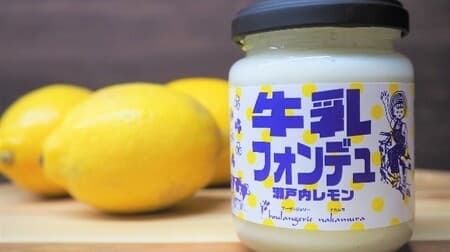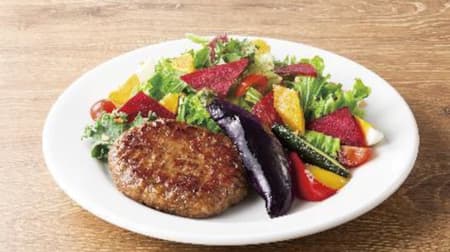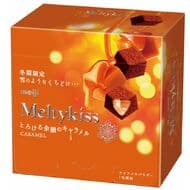"There was still more! Foods that break the body that you eat without knowing it" (written by Nao Teshima) released by Ascom on February 27, contains tips for choosing "safe" foods.

"There are a number of food anxieties that you can't tell just by looking at them," says author and food journalist Teshima. Without that knowledge, they often say it without knowing it. The book does not contain the threatening phrase, "If you don't stop this food right now, you'll get sick." By clarifying how the foods we take for granted are made or grown, the content gives us a hint to think about food.
● Is it dangerous to focus on appearance?

For example, the bright red and delicious "apples" lined up in fruit shops. It seems that there are cases where pesticides are sprayed more than 30 times (*) before harvesting.
Due to the hot and humid climate of Japan, the incidence of pests is higher than in Europe, where it is dry and has little rain. It may have to be said that the fact that delicious fruits can be eaten in the current fruit-producing areas is due to pesticides. Of course, pesticides also have merits. However, isn't this number a surprisingly unknown fact?
* The number is not the number of times the pesticide is sprayed, but is counted as "1 time" for each component contained in the pesticide based on the guidelines of the Ministry of Agriculture, Forestry and Fisheries.
● How are cows raised?
Let's take another example of the drink "milk" that is indispensable to our table.
Speaking of dairy cows, there is a strong image that they are raised leisurely on the ranch due to the influence of commercials and packaging. However, in fact, dairy cows such as Holstein cows are rarely grazed in Japan. Basically, they are put in a barn, and while they exercise occasionally, they eat and milk from morning till night.
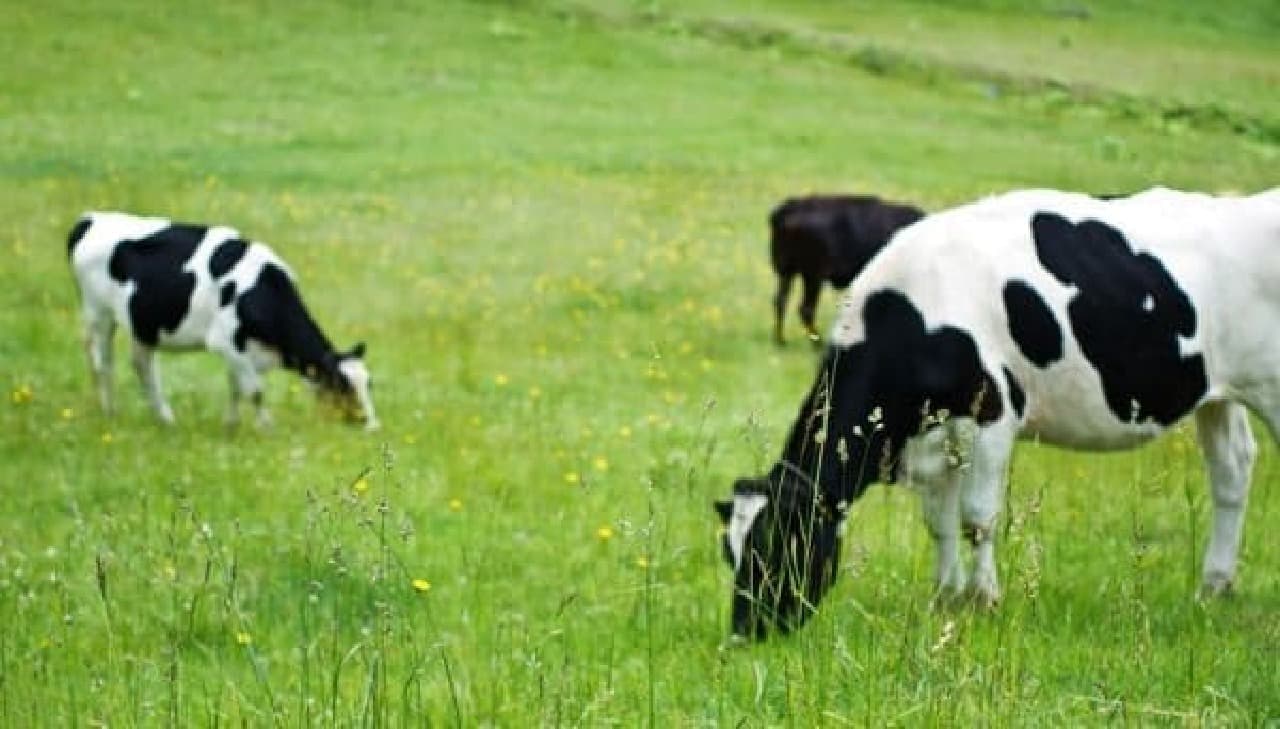
In addition, although cows are grass-eating animals in the first place, most of them are now fed grain feed. According to this book, many of these cattle feeds, such as corn and soybean meal, are now genetically modified crops. Especially with cheap milk, that tendency is remarkable. I couldn't hide my turmoil in this story.
By reading this book, you can see how difficult it is in modern society to make everything that you and your family say completely safe and secure. In writing the book, Mr. Teshima said, "I want you to understand the actual situation of food, avoid anxiety as much as possible, and buy something that is really good for you."

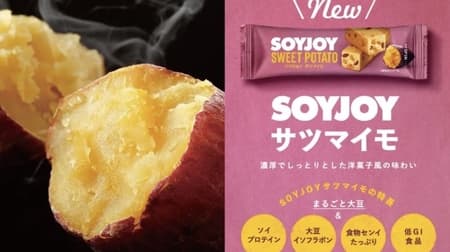
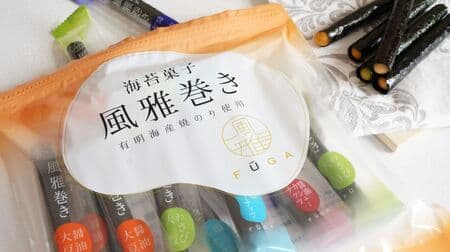
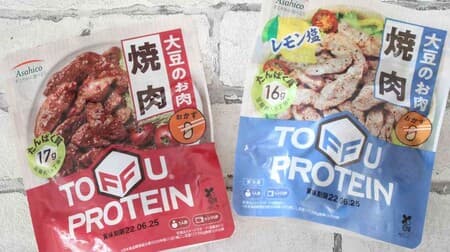

![[Tasting] Sagamiya "Meaty Ganmodoki ~ INNOCENT MEAT ~" "Ganmodoki" 100% vegetable food based on the manufacturing method! Crisp on the outside and juicy on the inside](https://image.entabe.jp/upload/articles/43644/8564faa9328e68f13dc9dca4b04a659d_special.jpg)

